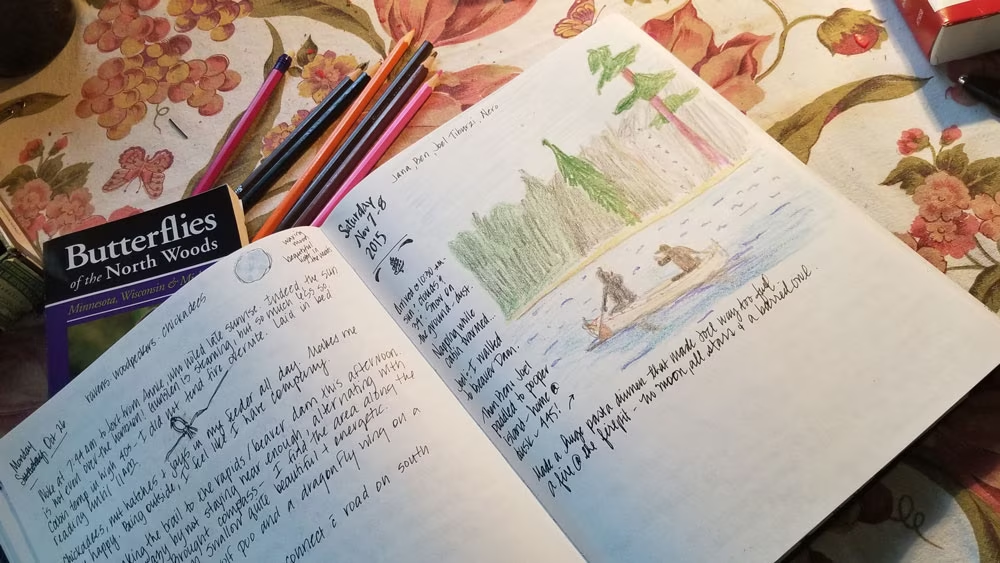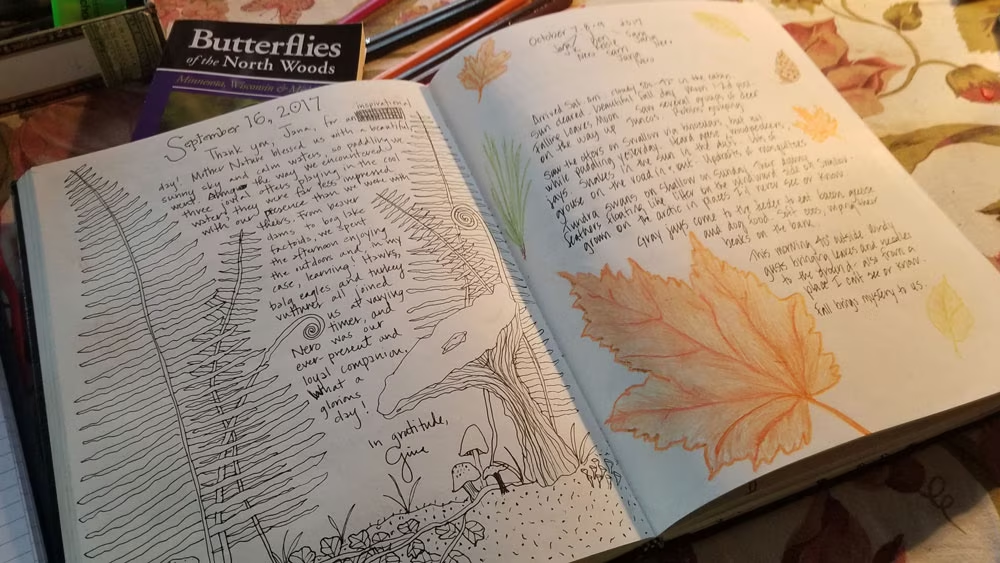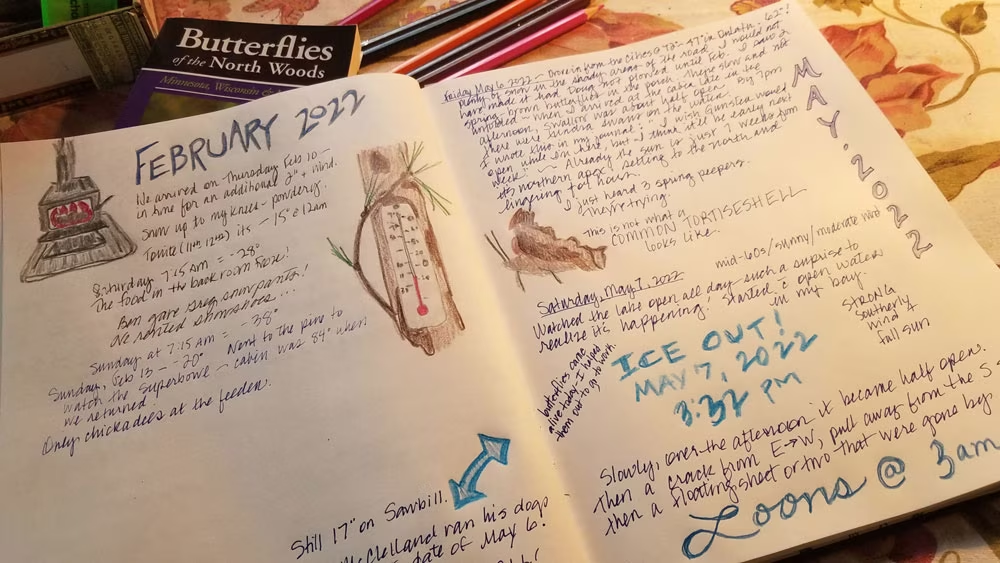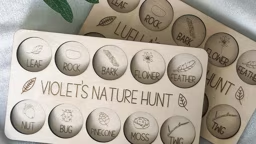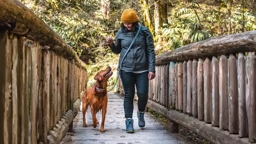I’ve recorded every visit since I purchased my little off-grid place–the fish caught, the pine marten visit, the arrival of hummingbirds–all duly noted. I try to capture the temperatures and weather, as well as the succession of blooms as the season unfolds. My journal has a few guest artists drawings, which I cherish.
We’re both doing what humans seem wired to do: Record. Much like cave dwellers painting the walls, we’re noting the passage of time and natural life.
Phenology is a branch of science that deals with the relationships between climate and biological phenomena. Quite simply, it’s the study of the seasons.
Connecting to Place
Meredith Rice spent the pandemic working remotely from her Vermont cottage, giving her the opportunity to know her yard and pond in ways she’d not been able to with short weekend visits.“I used my phenology calendar as a way to focus on my surroundings. Those first months of the pandemic were so stressful. I find that it strengthens my connection with the natural world,” Rice said. “It makes me more inquisitive. What is that white flower blooming today? How do I identify lichen species? What leaves that track?”
Rice ended up buying a shelf worth of guidebooks to answer her questions. Her journal is now moving into its third year, and she’s excited to start noticing patterns, such as when to expect the arrival of spring birds.
“I feel so much more connected to this place, so much more a part of the land,” she said. Her journal is in a special leather-bound volume. “Once I realized how much a part of my experience this was becoming, I went for a permanent book that I will keep with the cabin even after I’m gone.”
What Should a Phenology Notebook Look Like?
It might be as simple as noting temps and clouds or sun on your wall calendar. Or a simple school notebook, into which you jot down your observations. It can look like a mandala, a wheel, or even a map. You could keep a journal on your phone, or in an Excel sheet. Additionally, you’ll find plenty of designed notebooks at your local online bookstore. No rules.Observe: What do I notice in this moment? What surprises me? What do I want to know more about? How does this observation feel? What words or symbols or images do I think of?
If you’re more scientist than journaler, the brings cabin journalists and citizen phenologists together with non-profits, educators, and scientists to monitor the impacts of climate change in the United States. Changes in small events, such as flowering and migration dates, can show some of the most sensitive responses to climate change.
Connecting to Self
Sarah Hansen began art journaling during college in the mid-80s, subsequently teaching nature journaling to adults as an outdoors educator. When her husband was diagnosed with cancer, the years of treatment and healing coincided with the pandemic.
“I started a phenology wheel as a way of focusing on joyfulness,” said Hansen, who lives in northern Minnesota. “Sometimes, in addition to the weather, I also wrote a word–what I did that day, or a word of gratitude. Some of them were more than just nature drawings.”
Hanson finds that paying attention to the natural world provides unexpected relief, in addition to connecting with the blooms and moons. “It was something more than Covid, more than cancer. It gave me something to focus on.”
Today, her husband is in remission, and her phenology wheels are spectacular records of life indoors and out. Hansen still enjoys tracing the shifts and changes and plans to teach a class on phenology wheels this summer.
“When you start writing about the warblers, you know it’s spring.”



